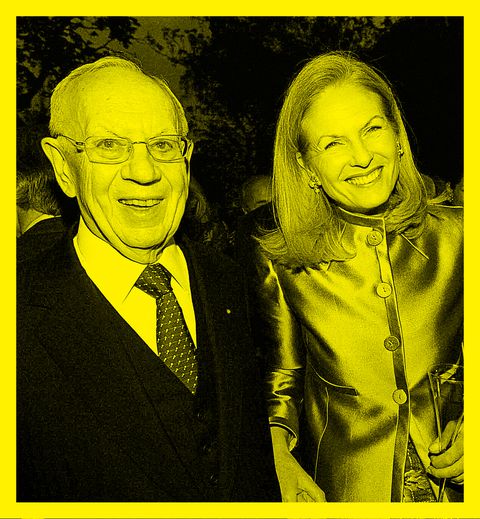
While Arthur’s life makes for fascinating reading, he played no role in the Ox圜ontin saga, which made me question Keefe’s decision to devote fully one-third of the book to him. While other accounts of the opioid crisis have tended to focus on the victims, Empire of Pain stays tightly focused on the perpetrators. Keefe combines this wealth of new material with his own extensive reporting to paint a devastating portrait of a family consumed by greed and unwilling to take the slightest responsibility or show the least sympathy for what it wrought. Thousands of court documents have become public through discovery, including internal company emails and memos that give new insight into the family’s actions and thinking.



In the past few years, numerous lawsuits filed against Purdue by state attorneys general, cities and counties have finally cracked open the Sacklers’ dome of secrecy. The broad contours of this story are well known.But what would normally be a weakness becomes a strength because Keefe is blessed with great timing. Put simply, this book will make your blood boil. That is a shame because Keefe is such a talented researcher and storyteller, and a sustained portrait of one of the multitude of families ruined by the Sacklers’ drug would have presented their callousness in even starker relief. I wish Keefe made space in this very long book - more than 500 pages with footnotes - to describe the effect of opioids on a family that wasn’t named Sackler. Still, it is a compelling chronicle of the lengths to which the rich will go to avoid accountability and the sterling-resuméd lawyers and spin doctors eager to help. The book’s final part is less powerful, perhaps inevitably, as it covers the fits and starts of pending litigation against the company and its ongoing bankruptcy proceedings. As Keefe ably demonstrates, it was the Sacklers who dreamed up Ox圜ontin as a solution to an anticipated revenue decline, and it was the Sacklers who insisted their powerful narcotic, the sort of drug previously reserved for terminal patients, be marketed aggressively and widely.

The decisions that birthed and perpetuated the epidemic were not made by employees or a management team, he reveals, but by members of this cultured clan of physicians, long acclaimed for their arts philanthropy. In his impressive exposé the journalist Patrick Radden Keefe lays the blame directly at the feet of one elite family, the billionaire owners of Purdue Pharma.


 0 kommentar(er)
0 kommentar(er)
